photo
Stuart Hanebuth
Tappan, NY
January 6, 1776, 8 Shilling New York City "Water Works" Currency
Known by collectors as the "New York Water Works" note, this issue represents the first paper money issued by an American city, prior to the Water Works notes all currency had been emitted by the authority of the colonies.. On the face the New York Water Works notes represent the development of New York City as the financial capital of the new nation. The notes were issued by the city of New York and were accepted as currency throughout New York State and the surrounding colonies.
The notes were hand numbered and signed by a number of individuals including: John H. Cruger, Whitehead Hicks, Jacob Lefferts and J. Watts Jr. Cruger was a wealthy New York Loyalist who served as lieutenant-colonel of the First Battalion of DeLancey's Brigade (provincial troops) and commanded the post at Ninety-Six through most of the Southern Campaign. Whitehead Hicks was the Mayor of New York from 1766 to 1776. John Watts was an American lawyer and politician from New York City who represented New York in the U.S. House.
The reverse scene is of a proposed steam-operated water pump, proposed by the engineer Christopher Colles, which was never fully implemented. This is an early recognition of the need for a robust infrastructure to support the growing city. As a result of this recognition New York has one of the more impressive water supply systems in the world.
The image of the steam pump was engraved by Elisha Gallaudet who was a noted engraver and artist at the time and was influential in the design of currency in a number of colonies as well as some early national issues.
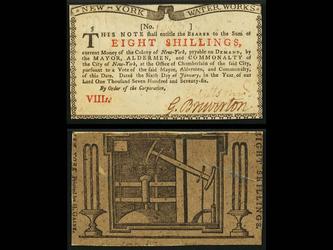
Ethan
Manhattan
The Yellow Cab.
There is perhaps no item more representative of New York than the yellow cab.
Kate
Boerum Hill
The hot dog cart
It's a ubiquitous sight all over the city - it was there in the 40's and it's there today. I think as a visual it signals New York City as much any building
Laurel Appel
Connecticut
The New York City Phone Book.
In the 60's, it was the universal booster seat, especially for me and my brothers when we made the annual pilgrimage to visit our grandparents in Queens. Our midwestern city phonebook was barely an inch thick. Grandma and grandpa's big phone book showed the size but also the ethnic diversity (by name listings) of The City, back when we were all on the same phone system, (with phones that were attached to walls but NEVER BROKE OR WORE OUT).
Matt
UWS
WNYC, or perhaps more specifically, the WNYC Archives Department (where the history resides)
At the risk of sounding like I'm pandering... I have been privileged to visit the WNYC Archives Department, and through the physical objects (e.g. old radio microphones), photographs, and recordings -- going back to the earliest days of broadcasting -- WNYC staff and listeners have witnessed and contributed so much of NYC history (20th century and beyond).
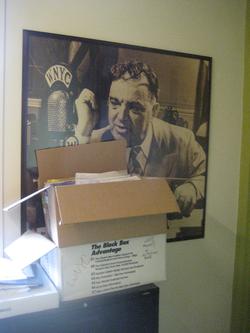
Matt
UWS
Cloth, fabric, thread, sewing machine -- the raw materials for clothing, or we could try and summarize it by saying "The Garment Industries/District"
From "shmattas" to haute coiture, the clothing trade is still a strong economic engine and vital part of NYC.
At the turn of the last century the garment trades provided work to immigrants who were looking to make better lives for themselves and their families.
The rise of the sweatshops led directly to major changes we take for granted -- modern fire codes, workplace safety, and the labor movement.
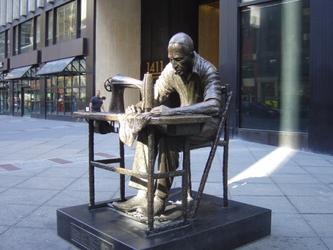
John
Plainview, Long Island
A worn cobblestone or a small section of a cobblestone street
A few cobblestone streets still exist but are a fading part of the horse drawn carraige era of NYC.
Leeyunjoo
East 15th street
metronome
It's an interesting art installation that symbolizes the union square park
Matt
UWS
Playbill
The yellow & black title on the cover is instantly recognizable and anchors so many memories of shows long passed.
Besides, what's more important to NYC history than Broadway theater (and before that vaudeville).
Andy
Long Island
Bagel
No matter were I travel to, I never can get a bagel that tastes as good as the ones made in New York . Family & freinds from all over the country make it a point to eat bagels when they visit.
larry jones
roxbury, NJ
The coble stone
The coble stone represents a unique history that is new york. the coble stone was loaded on the ships of the exploring countries as balast to keep the ship steady on its journey to the new world, then loaded off in harbors and shores of manhattan to make room for the treasures of trade.
Those stones then became the structure and base of the first streets of New York. The dreams, hopes, aspirations, victories and failures past over the coble stones of the inhabitants of the new world.
The free and the enslaved. Men, women and children of many persuasions, seeking a new life through the halls of ellis island all made their passage on top the coble stones.
The coble stones still have a prominent presense on many of New Yorks streets and the stories they hold are not short of amazing.
Ian Lyn
Brooklyn
The Green Subway Globe
Once a Subway Rider sees this globe, they are assured entrance into the system without the inconvenience of walking sometime 2-3 blocks to the nearest entrance.

Danni L. Scher
Westchester County
The Pushcart
The pushcart is important to NYC , because it runs the whole gamut of its history, i.e., from the immigrants of the Lower East Side right up to all the street vendor of today who "fold-up"/push their carts home at the end of the day.
Marvin Glassmann
Huntington
The subway token. FYI came into existence in order to supplant the dime fare for the subway. It did not replace quarter fare. The token which was similar in size to the was issued in 2 "editions", one had a cut out int the shape of a Y, and the other did not.
NYC probably had and has the most extensive subway system in the world, made up of an integration of originally 3 different systems I.e. The BMT, the IRT and the IND. This little disc is a token, pun intended, of this massive and complex system which carries thousands and thousands of individuals to their places of work, entertainments and home.
Randy Haims
Trumbull, Connecticut
NYC Food Carts
From Pretzels and Hot Dogs to Falafel all you have to do is walk down a city street and you can experience a taste of the cultures of the world that make up NYC's residents. They also represent the entrepreneurial spirit of the people of NYC.
Elizabeth S. Titus
Upper West Side/CPW
Starchitecture, as symbolized by the new Cooper Union building
Frank Gehry, Jean Nouvel, Renzo Piano, Norman Foster (Sir) -- the "starchitects" of the 21st century -- are changing the skyline of our city, for better or worse.
Many of the buildings are by Pritzker Prize-winning laureates from around the globe. NYC is, and always has been (think Frank Lloyd Wright's Guggenheim), the place for striving architects to get their buildings built -- and talked about!

Rosemary Farrell
Nyack, NY
A cockroach and/or a rat with the remains of a slice of pizza in its mouth.
They are everywhere in this great city!
Elizabeth S. Titus
Upper West Side/CPW
"Look back, look at, look ahead" -- the City College of NY medal
Our Vision
“Open the doors to all. Let the children of the rich and the poor take their seats together and know of no distinction save that of industry, good conduct, and intellect.”
Townsend Harris, Founder, 1847
Since its founding, The City College of New York has provided a world-class higher education to an increasingly diverse student body--serving as one of the single most important avenues to upward mobility in the nation. Access to excellence remains the vision of the College today.
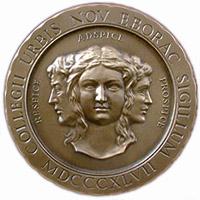
Rosemary Farrell
Nyack, NY
A hot dog/pretzel cart
Given the current obsession with fancy street food in the City, it would be appropriate to include an example that most people, natives or otherwise, identify with NYC. Plus, you still can't beat a dirty water dog or soft, salty pretzel with mustard.
Tim Main
Brooklyn
The orange envelope from the Parking Violations Bureau
Visually identifiable on a car windshield from almost a block away, it strikes a tangle of emotions from fear and anger to fight or flight for New York City's automobiling citizenry.

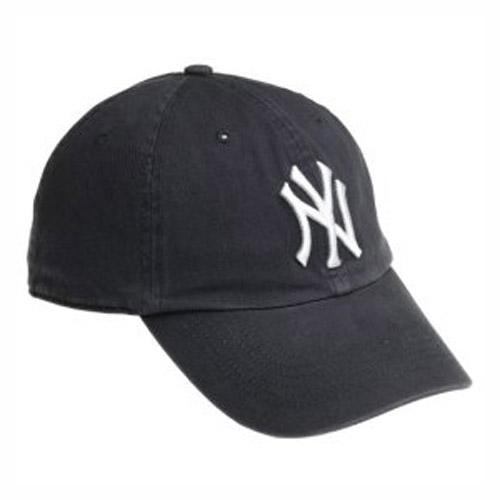


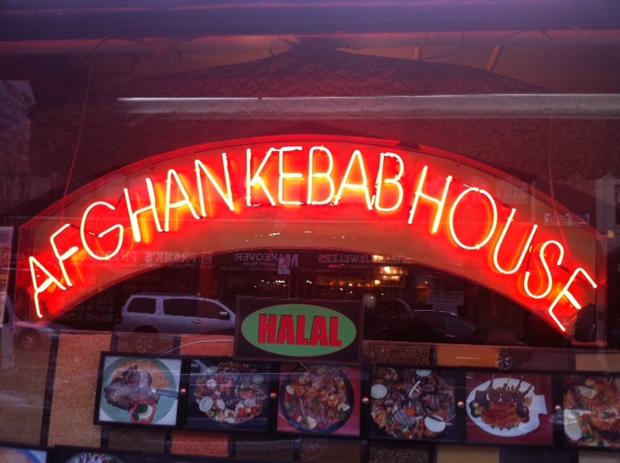
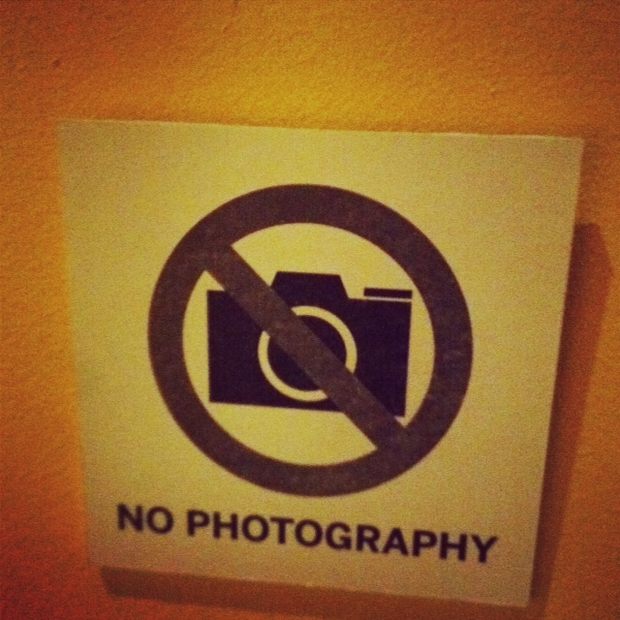
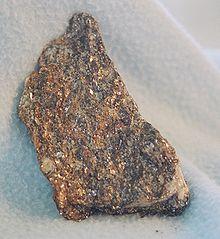
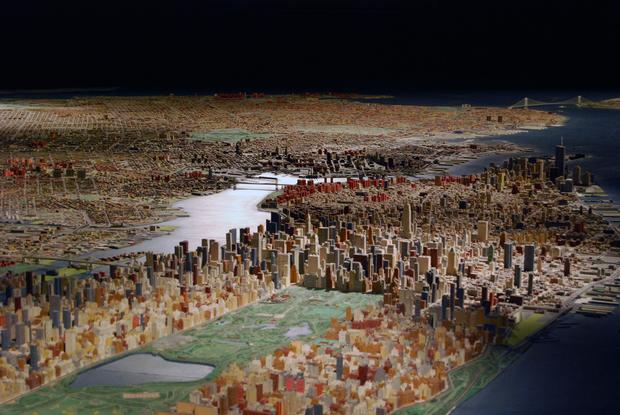
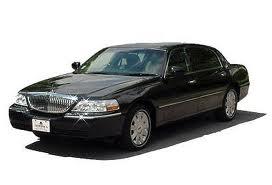
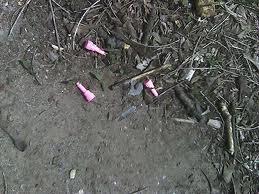
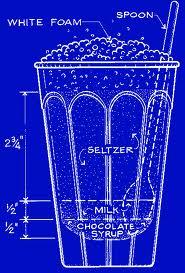
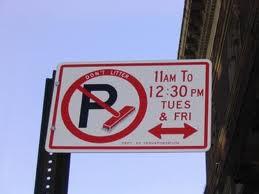

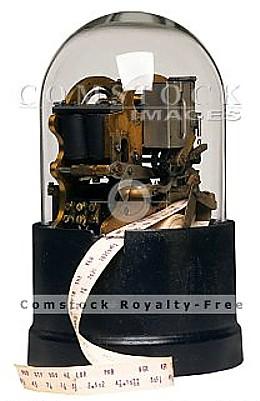
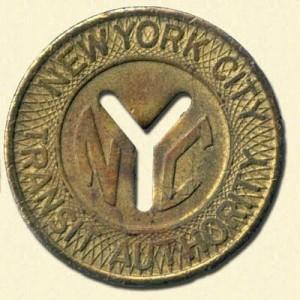
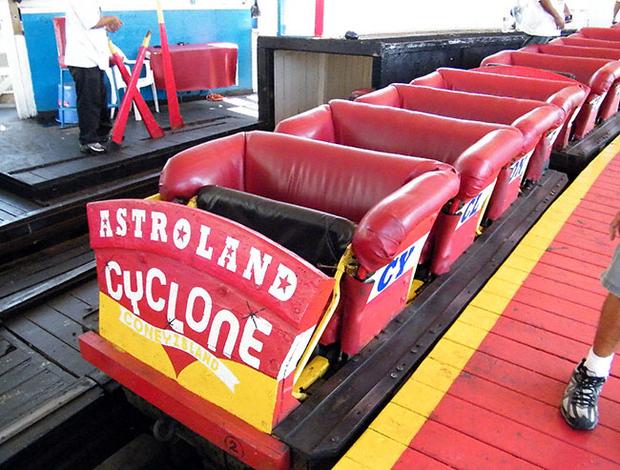
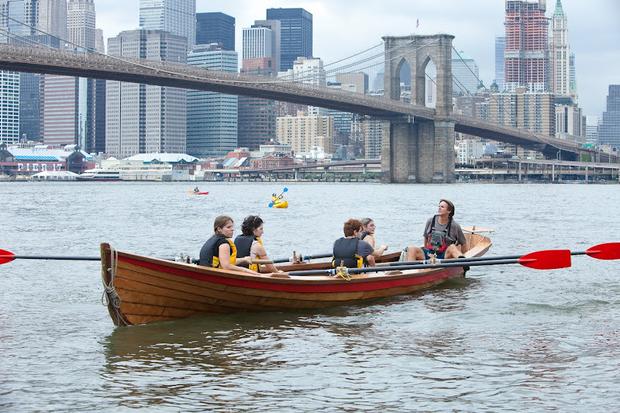


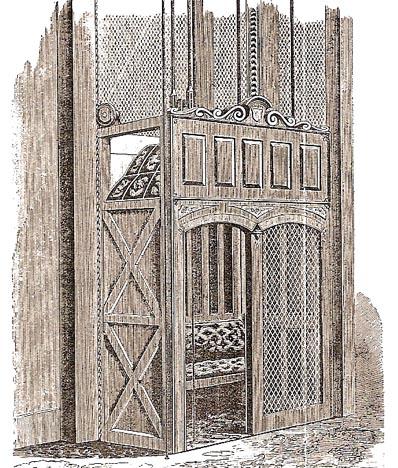
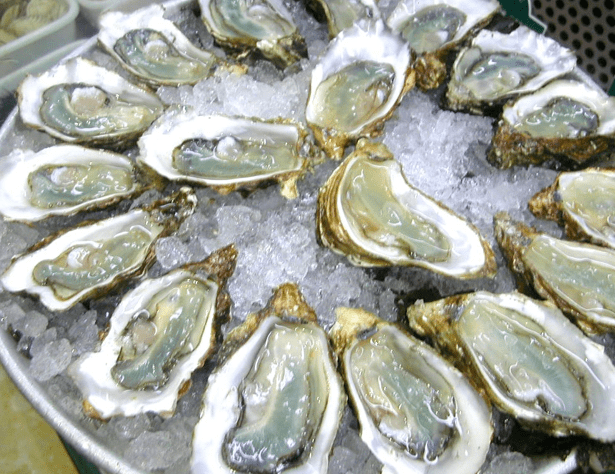

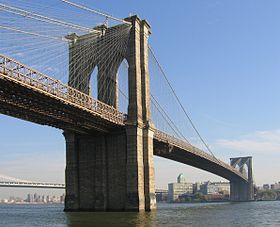






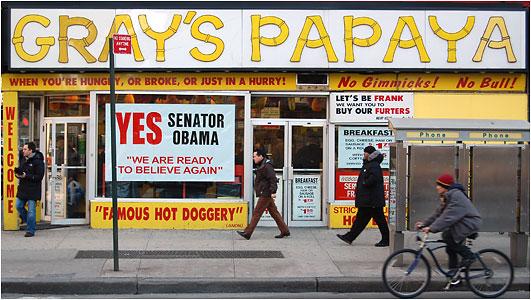
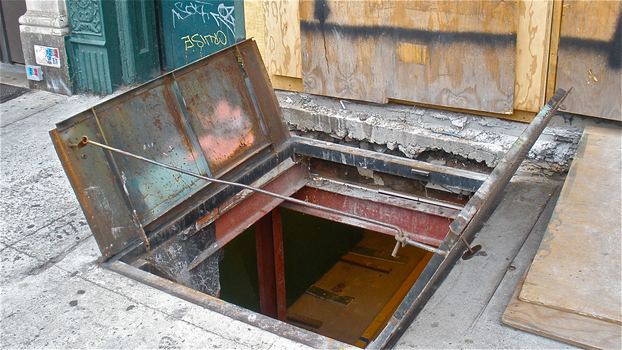
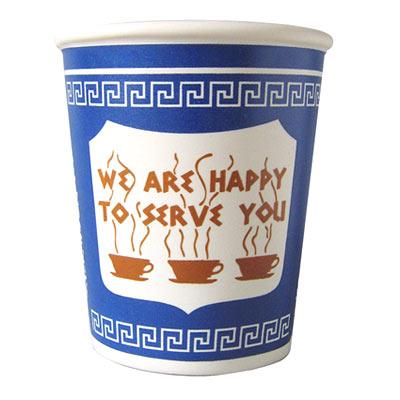
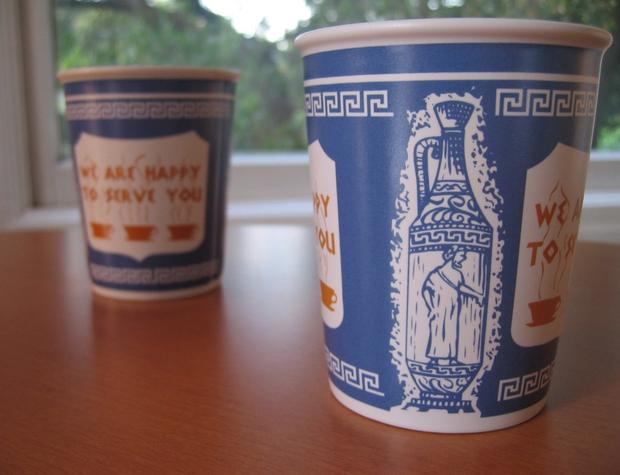
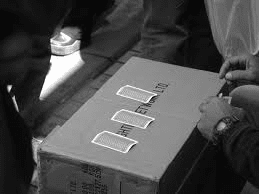
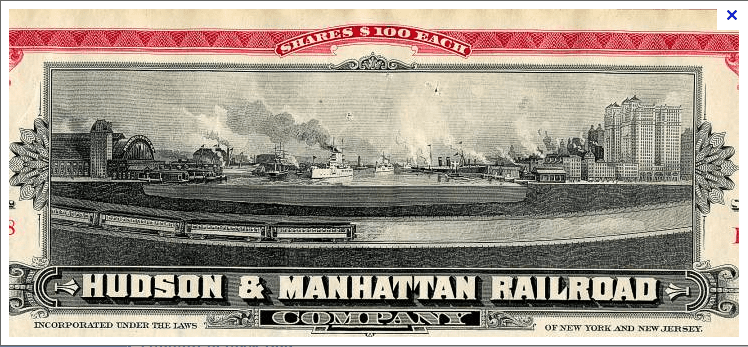

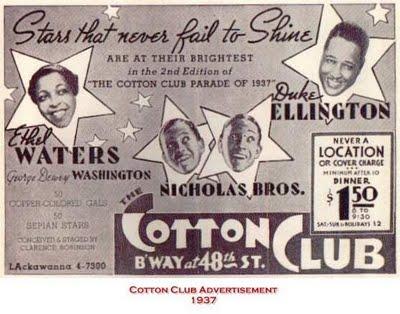

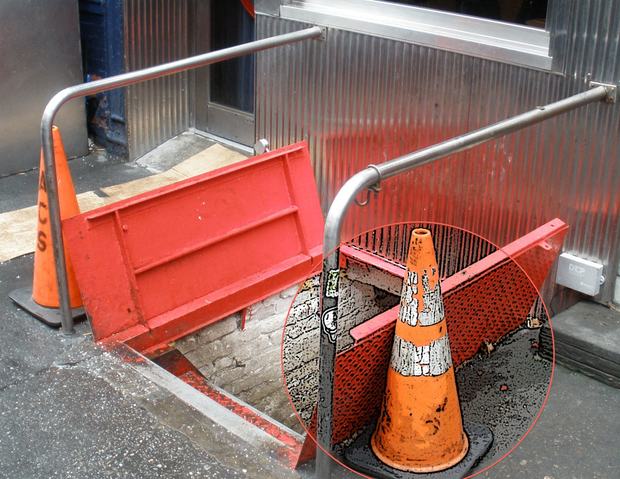

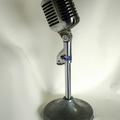

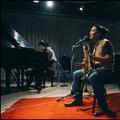

Comments [2]
Jacob Lefferts rocks!
Is it true what they say?
Leave a Comment
Email addresses are required but never displayed.